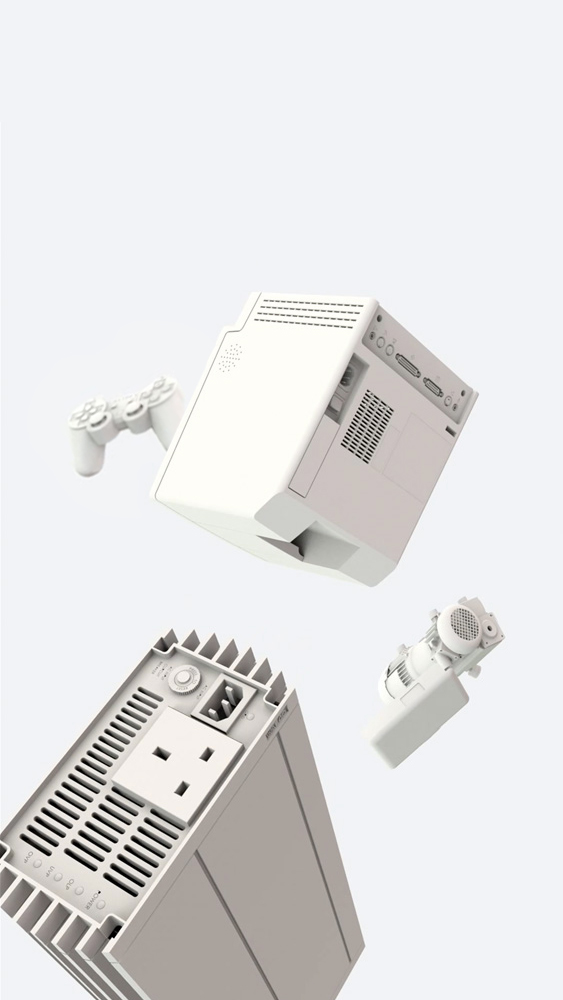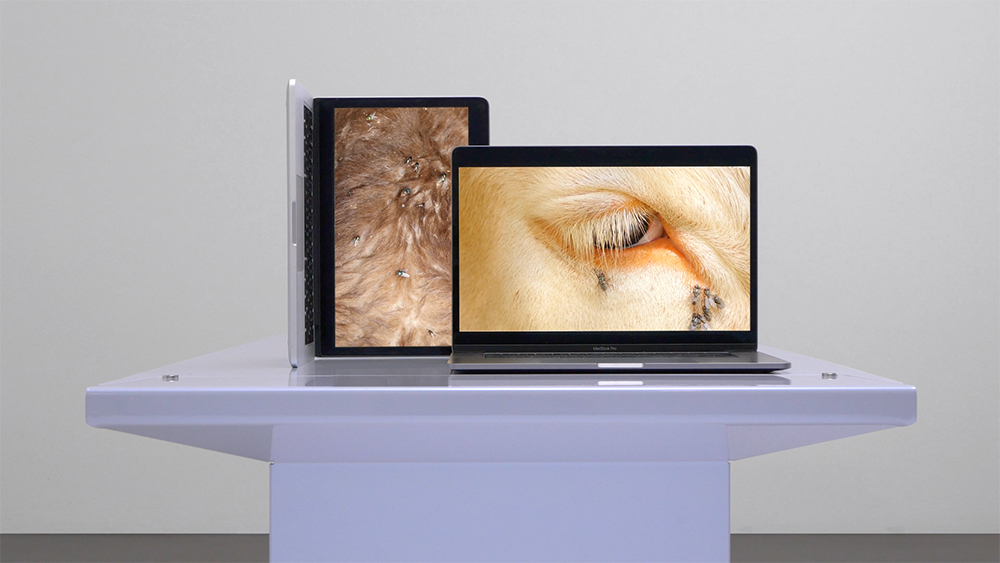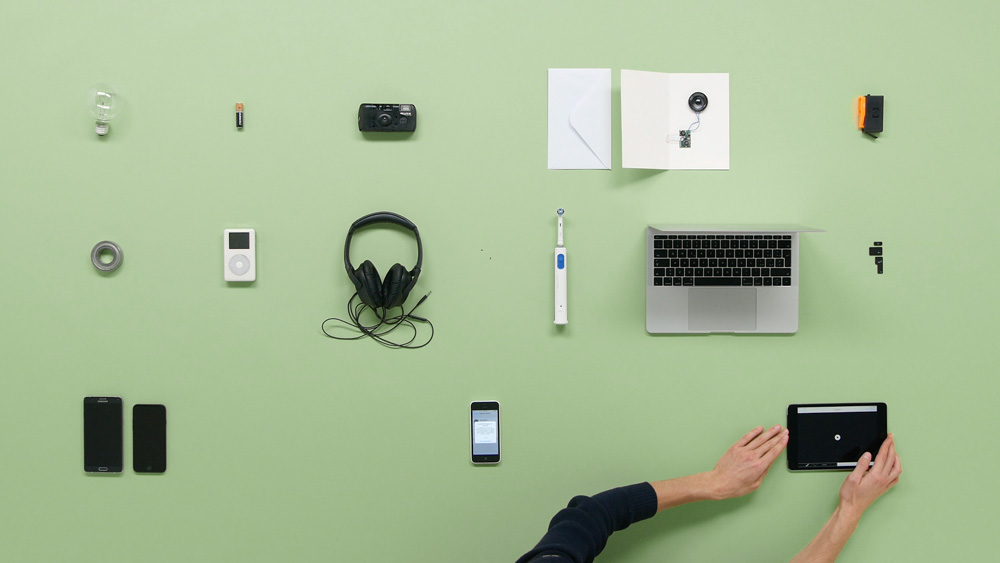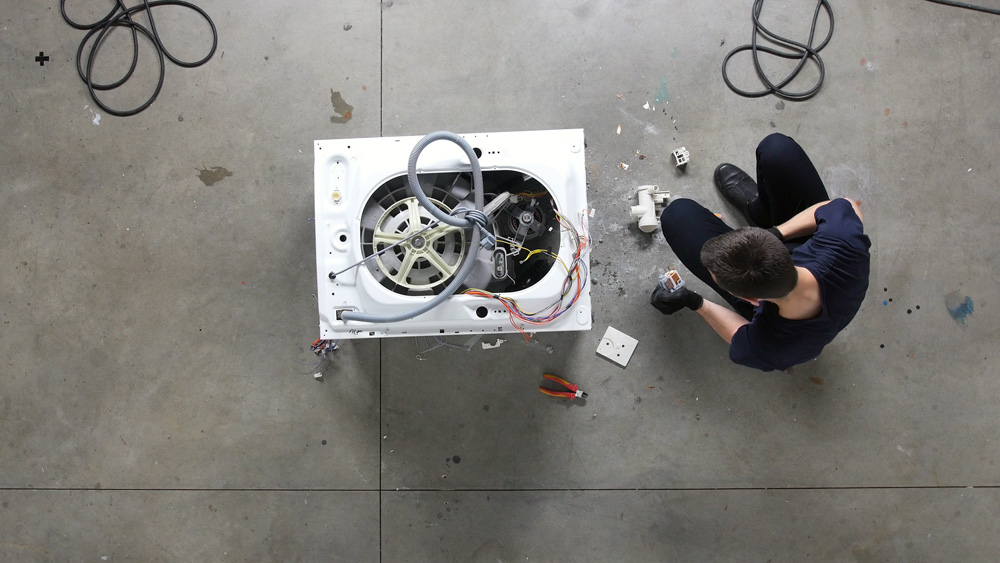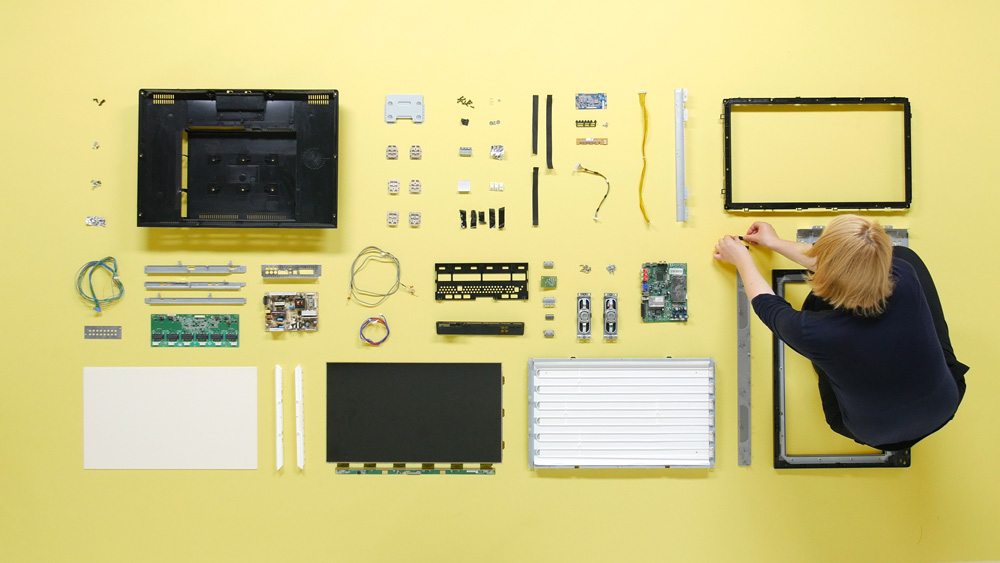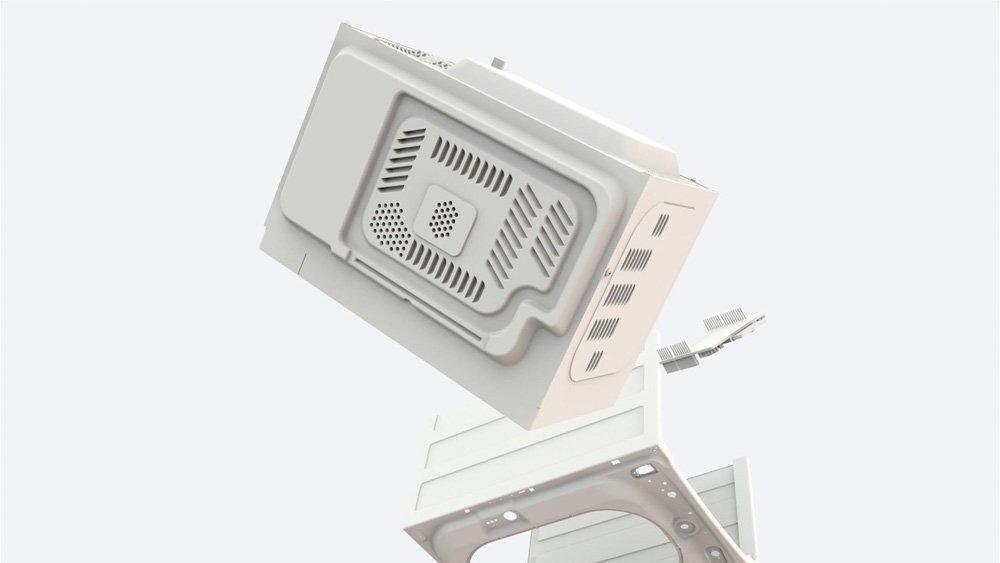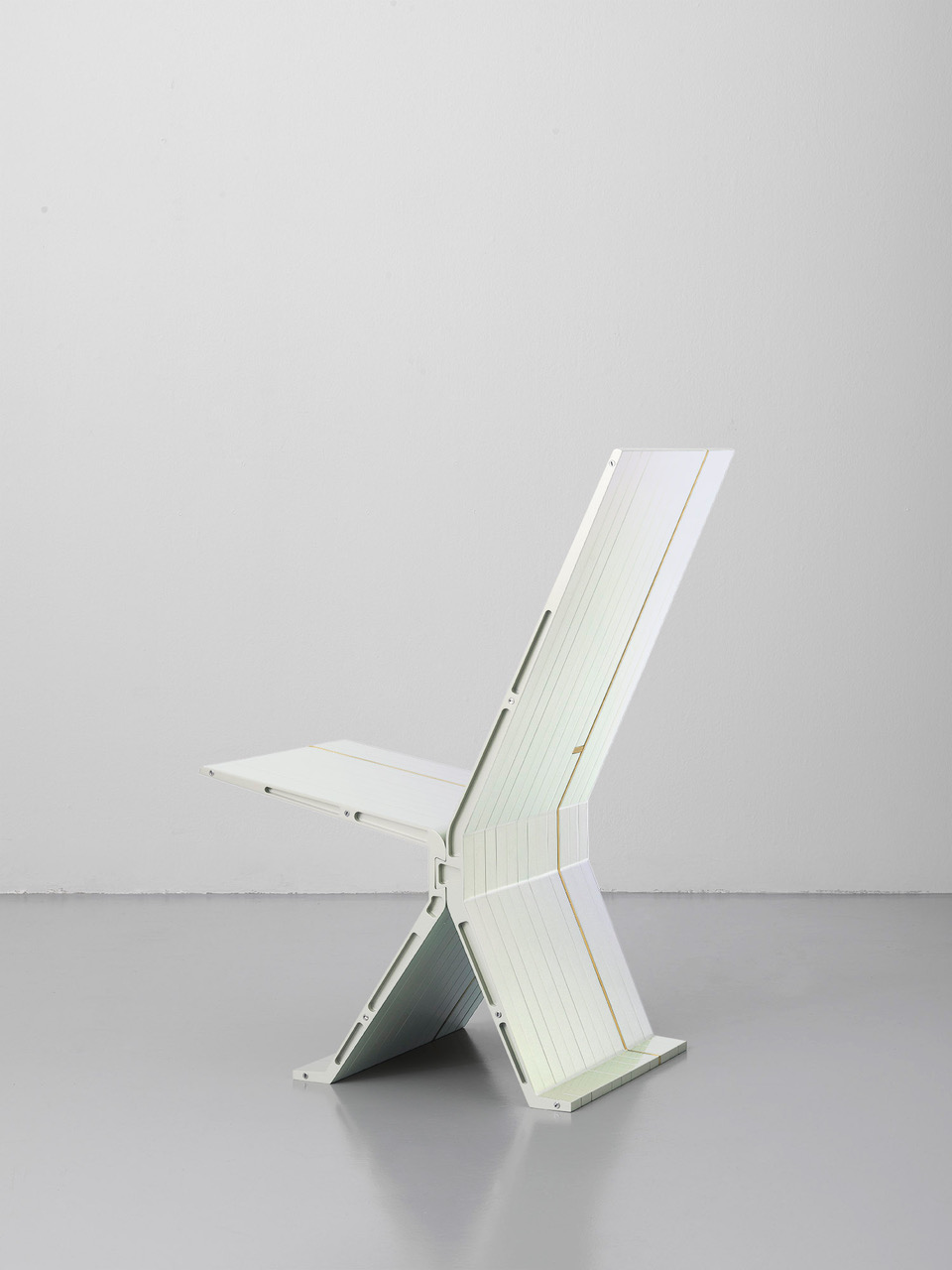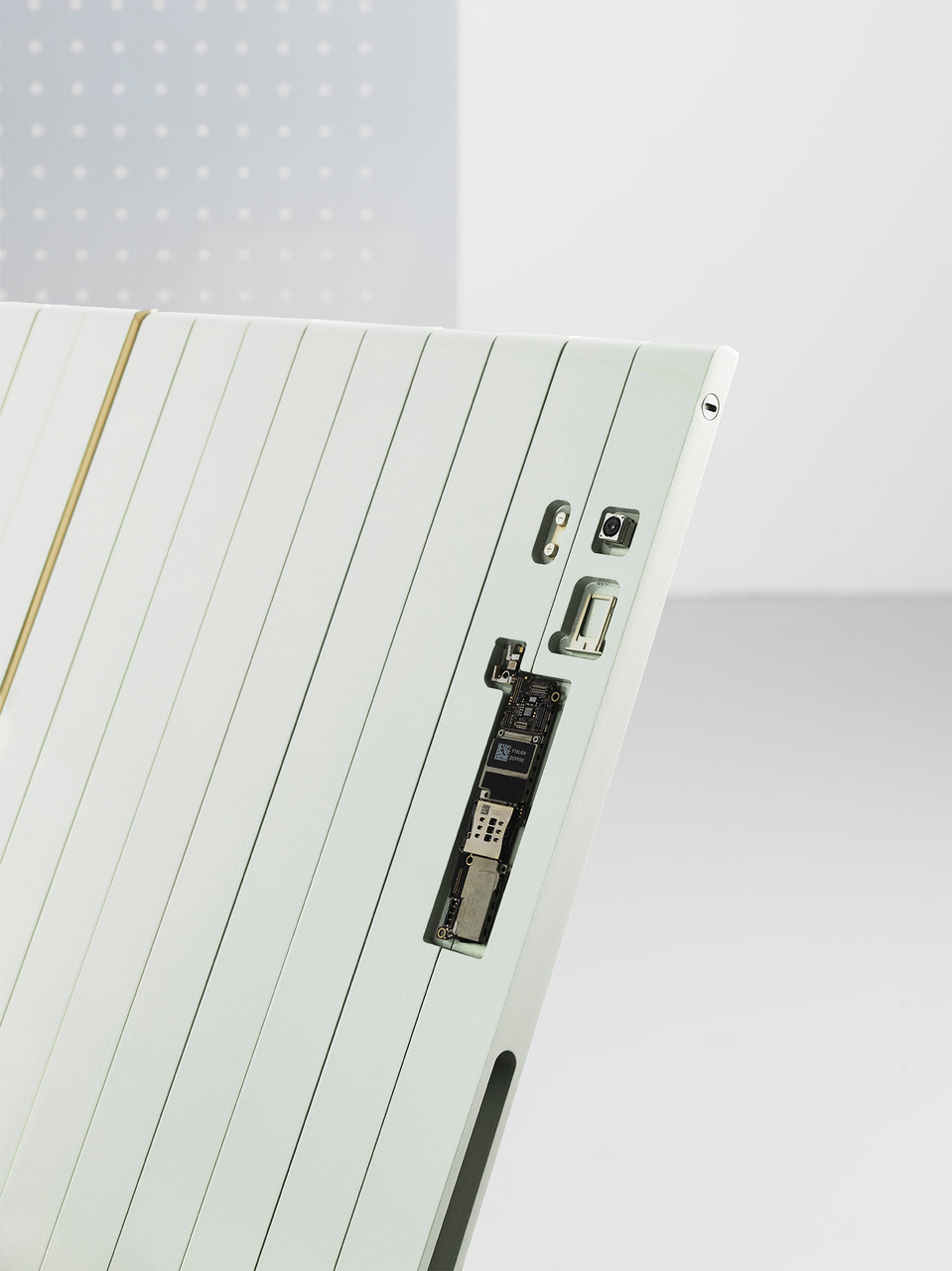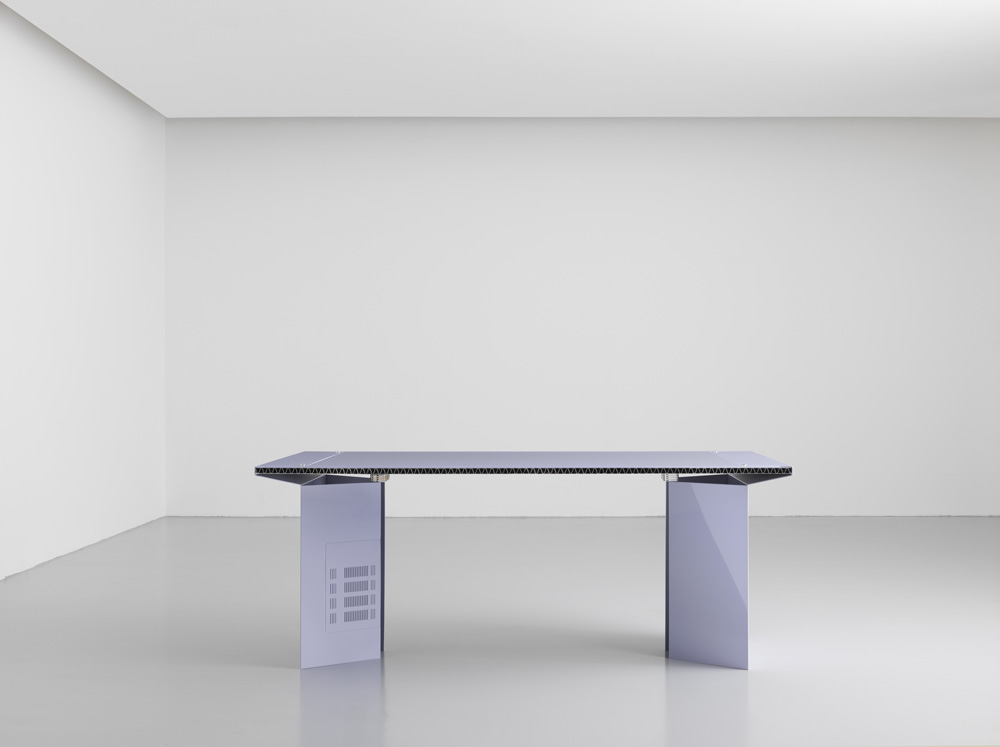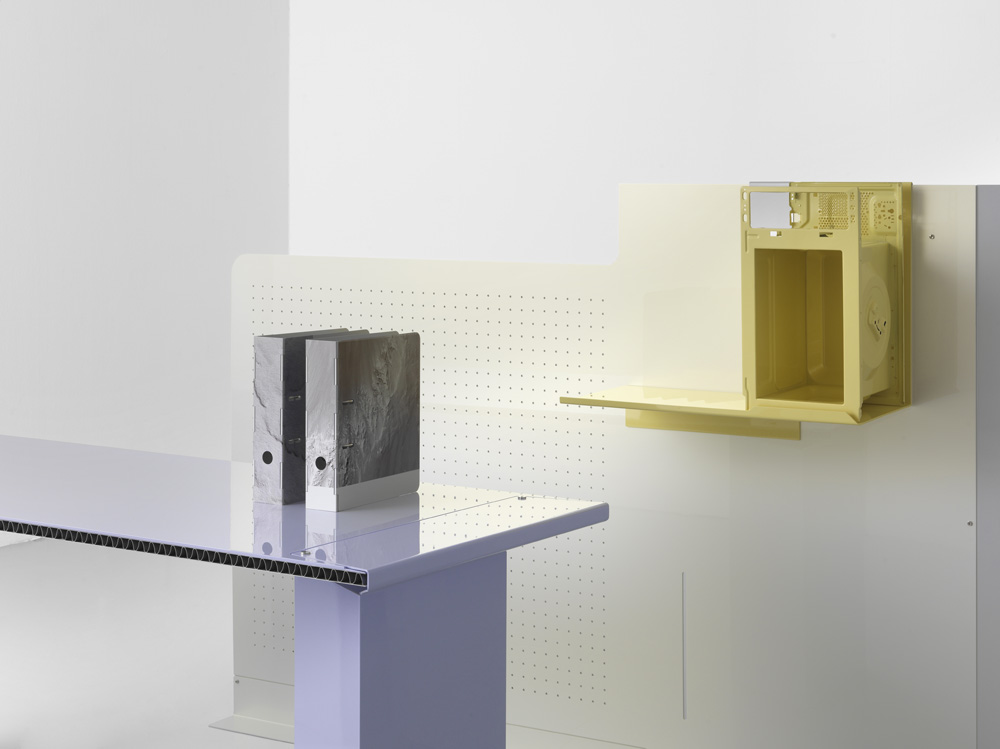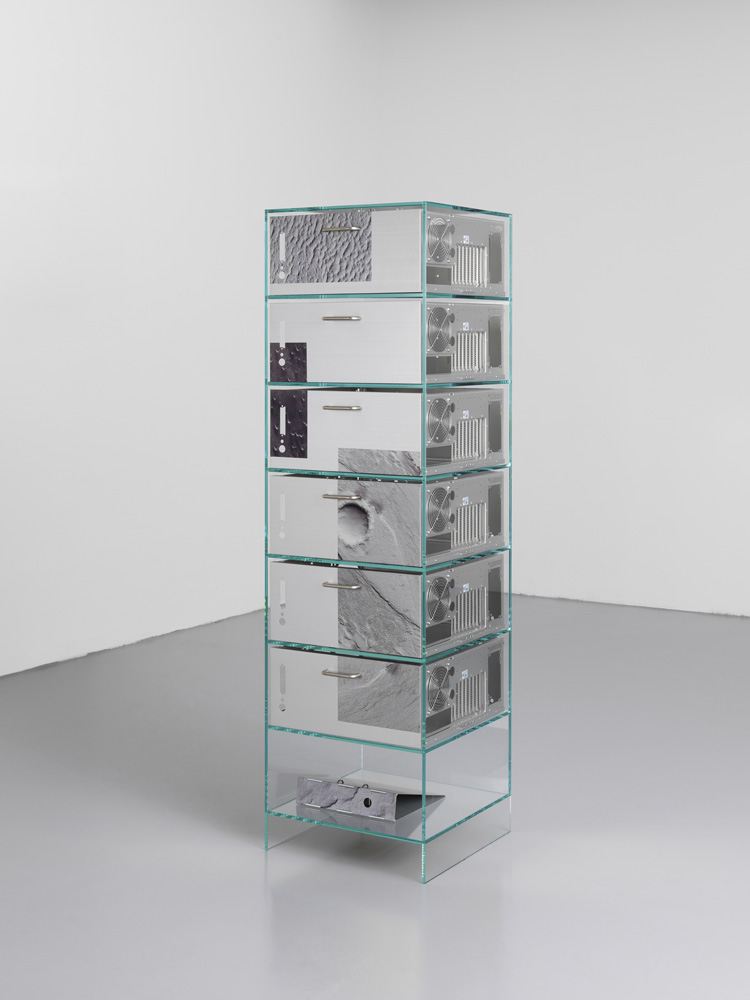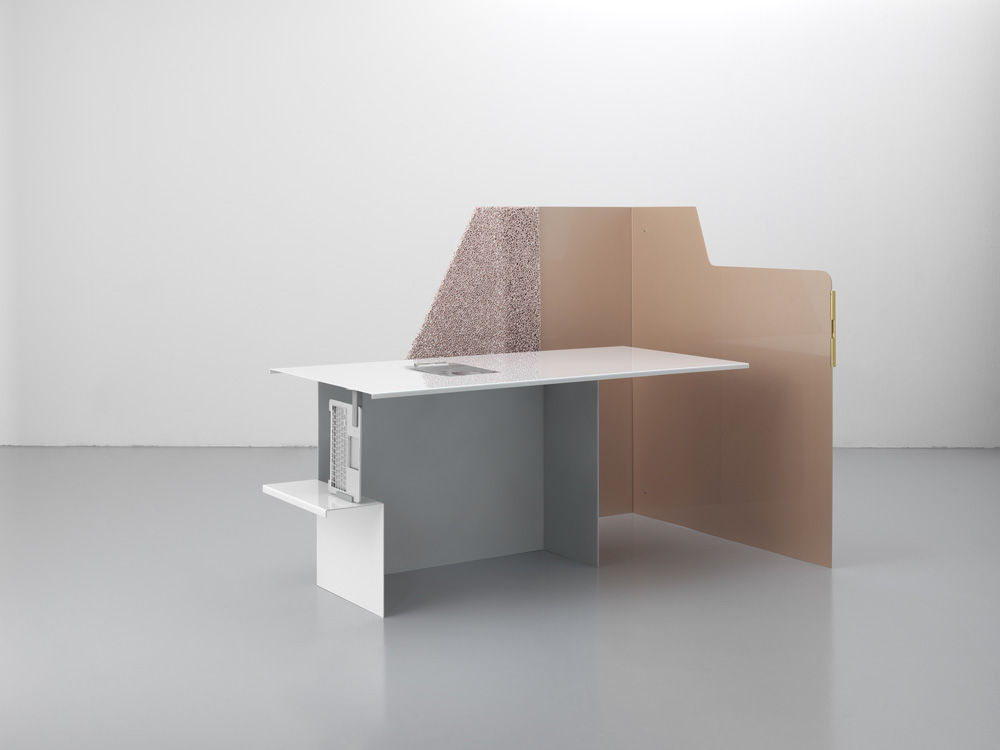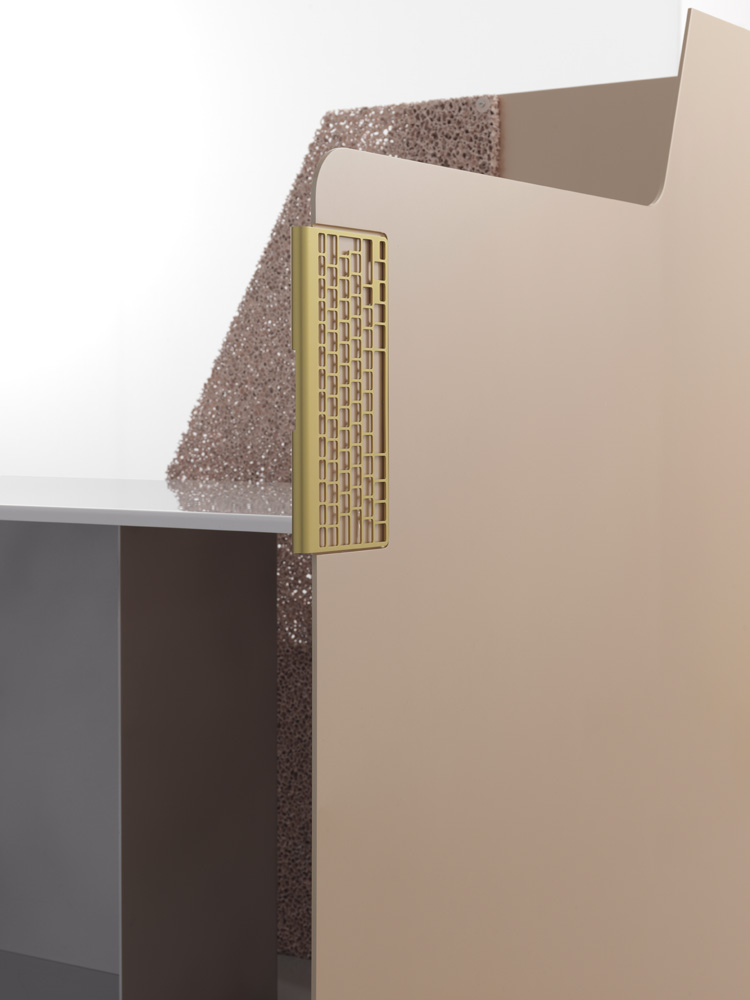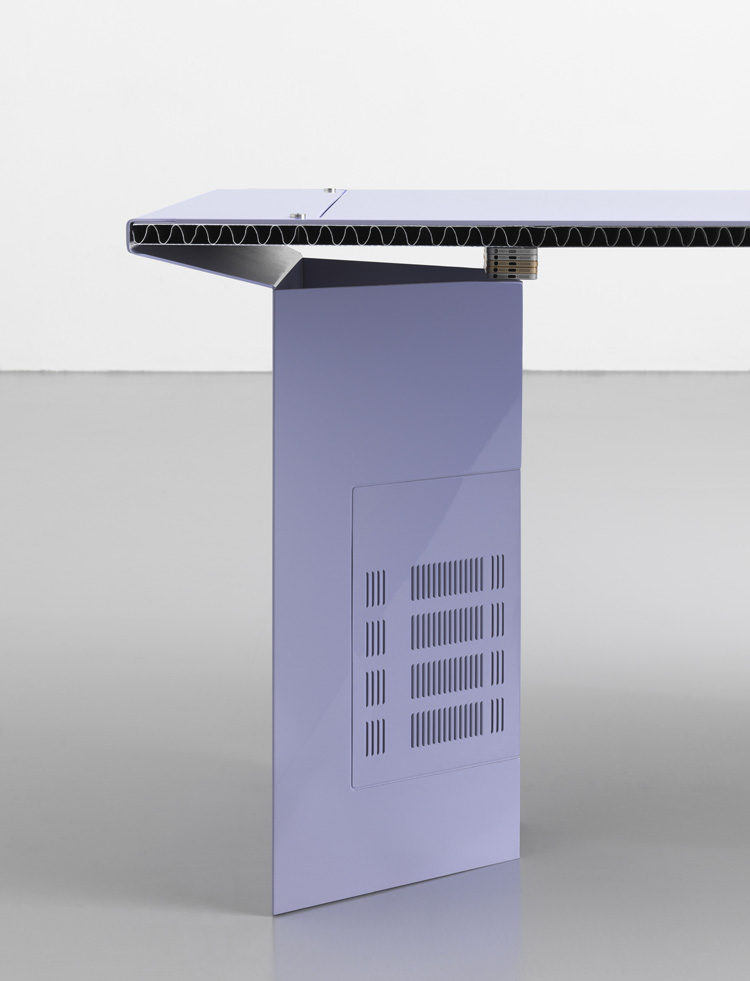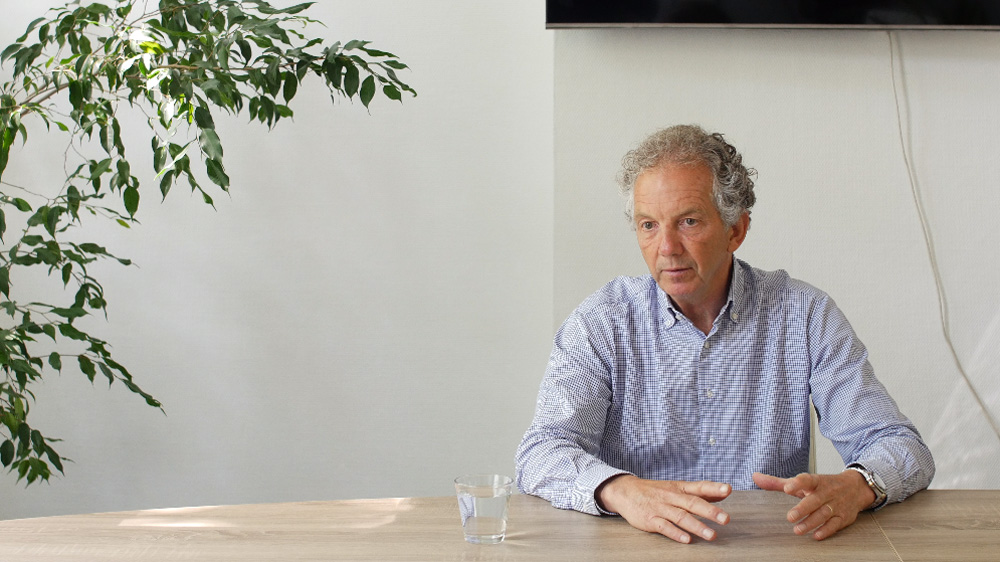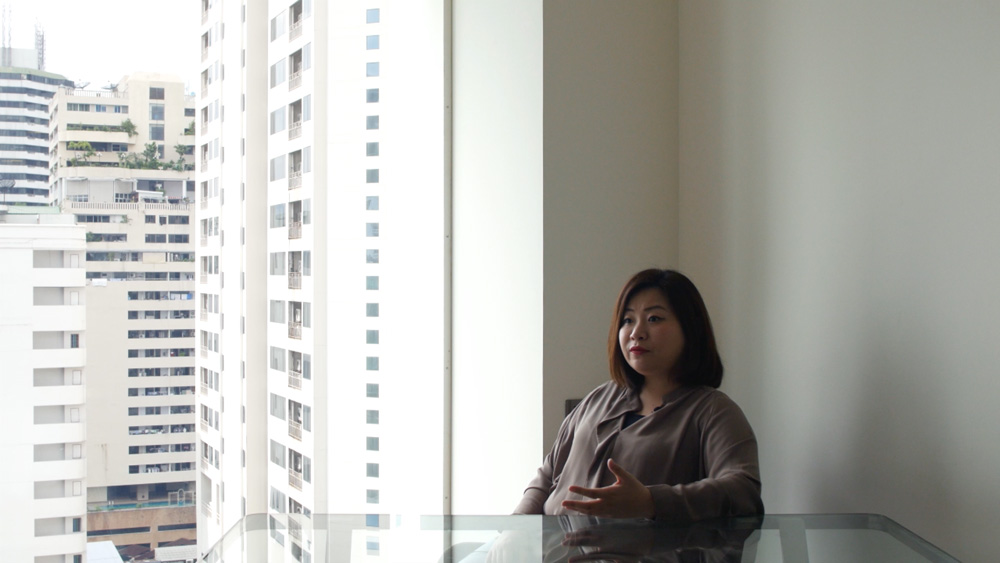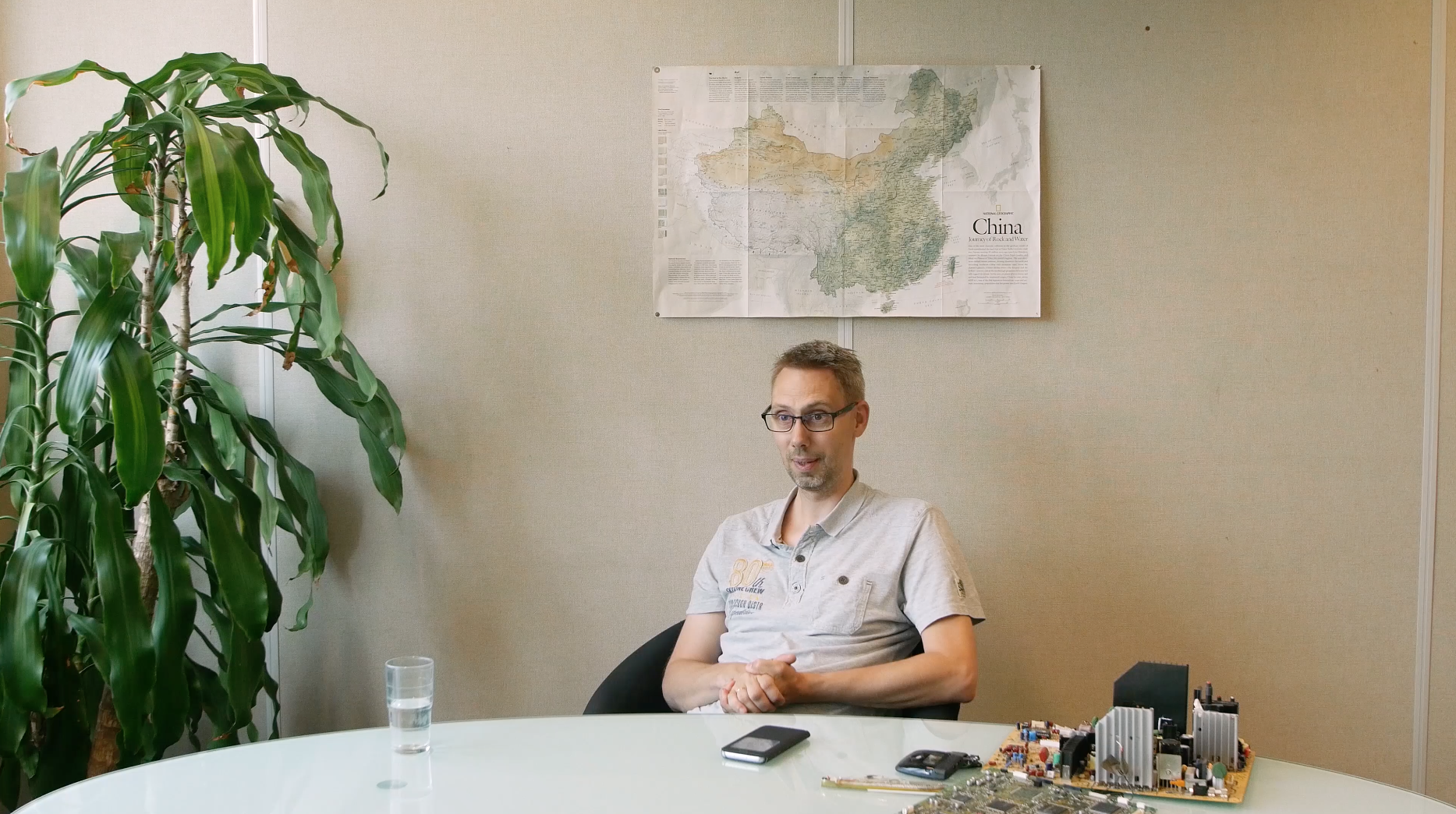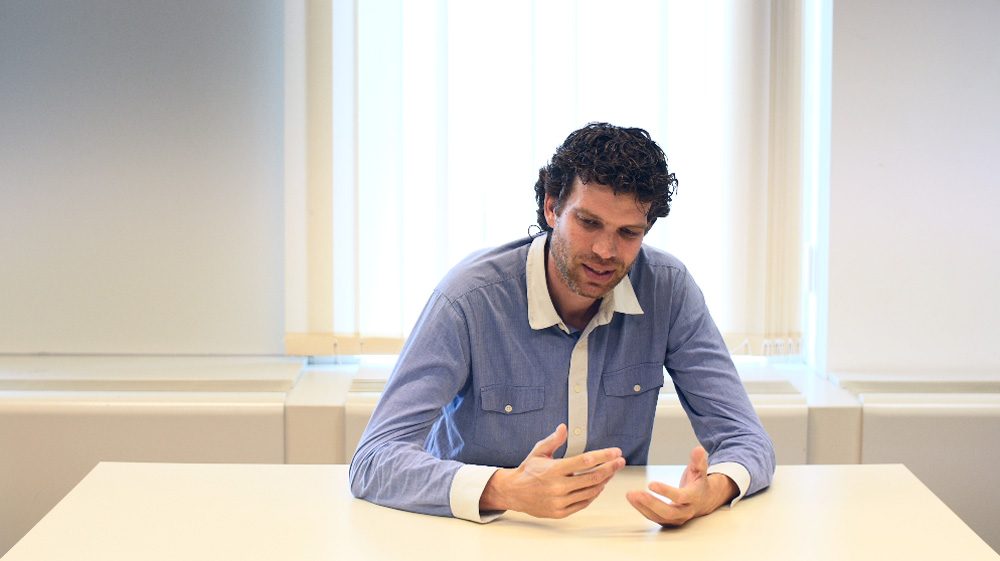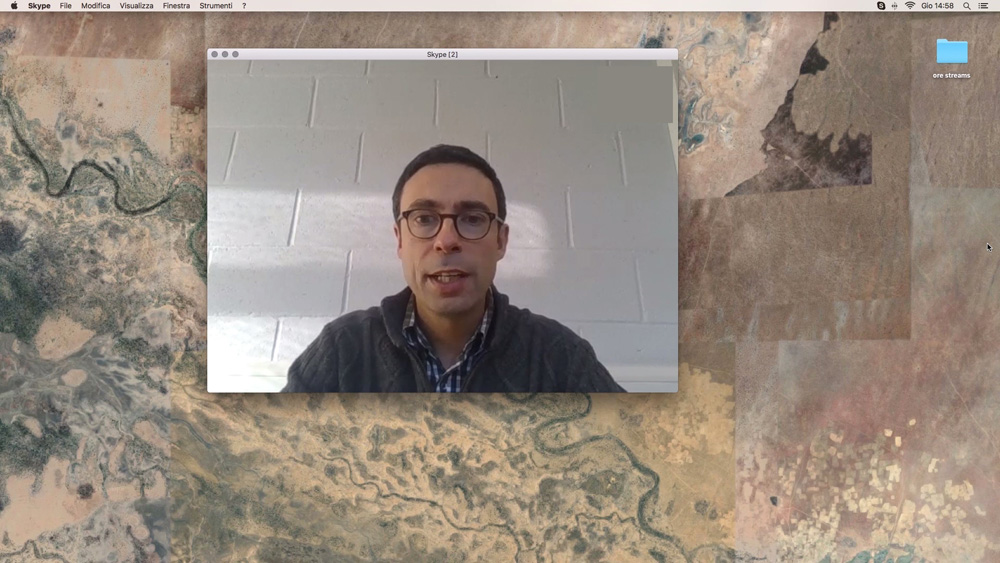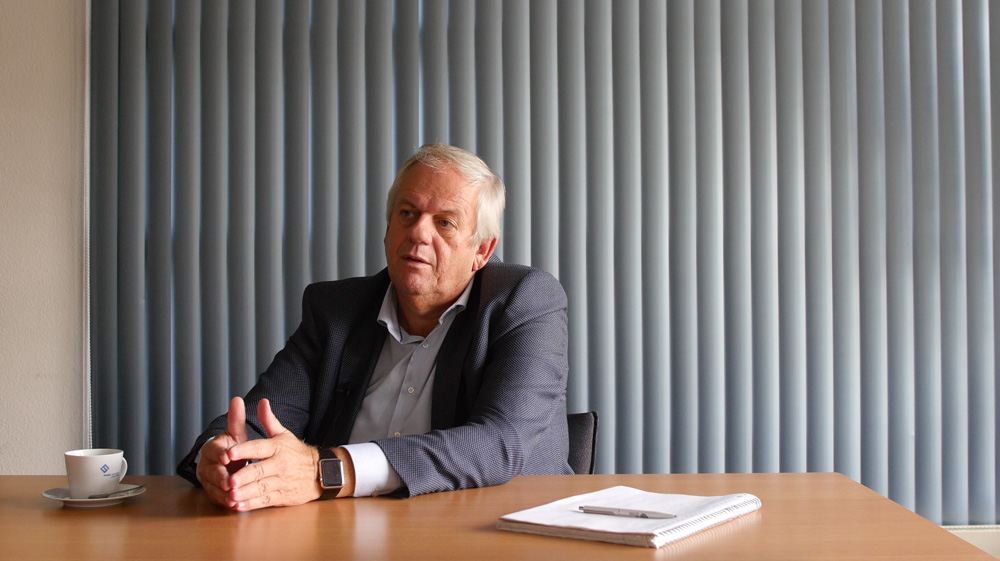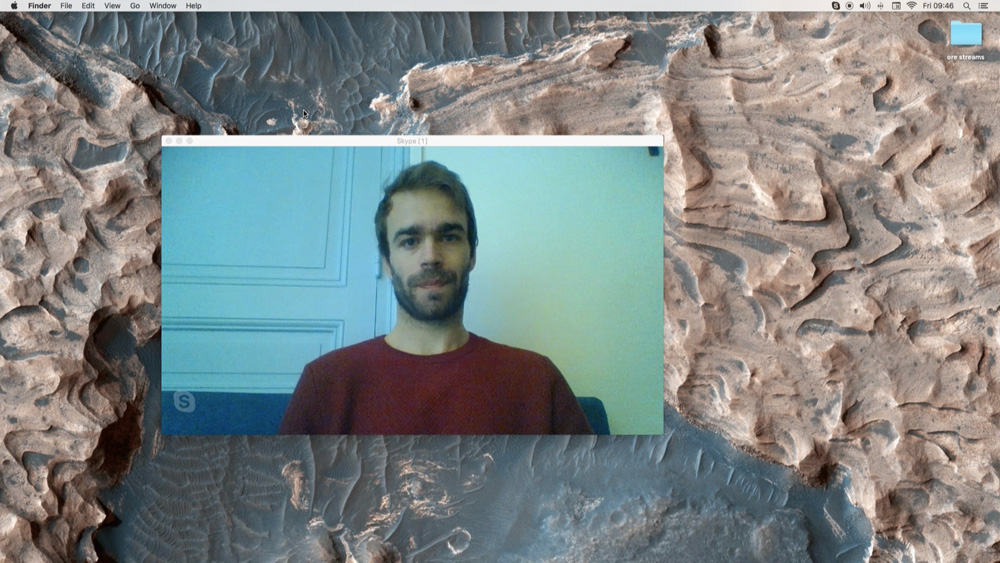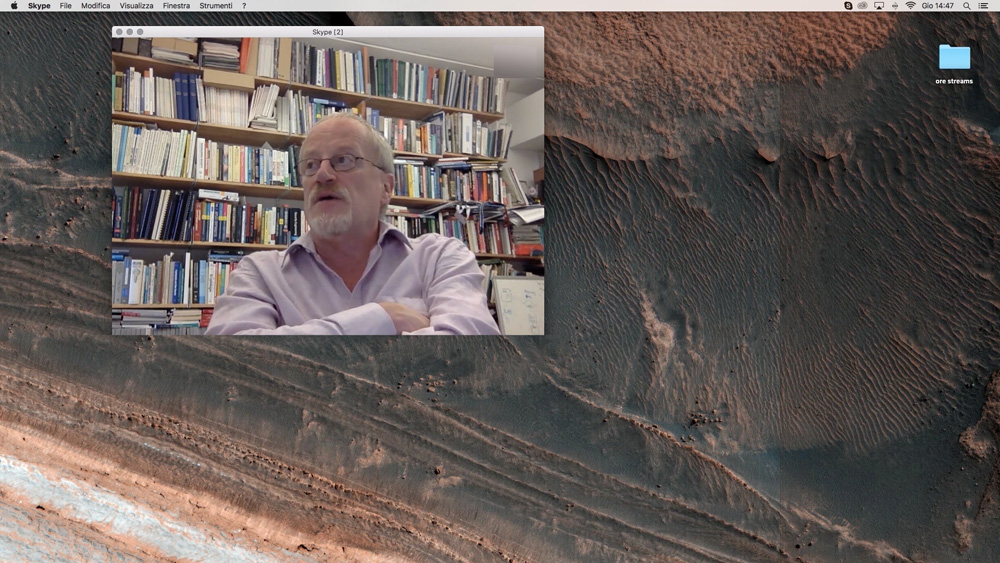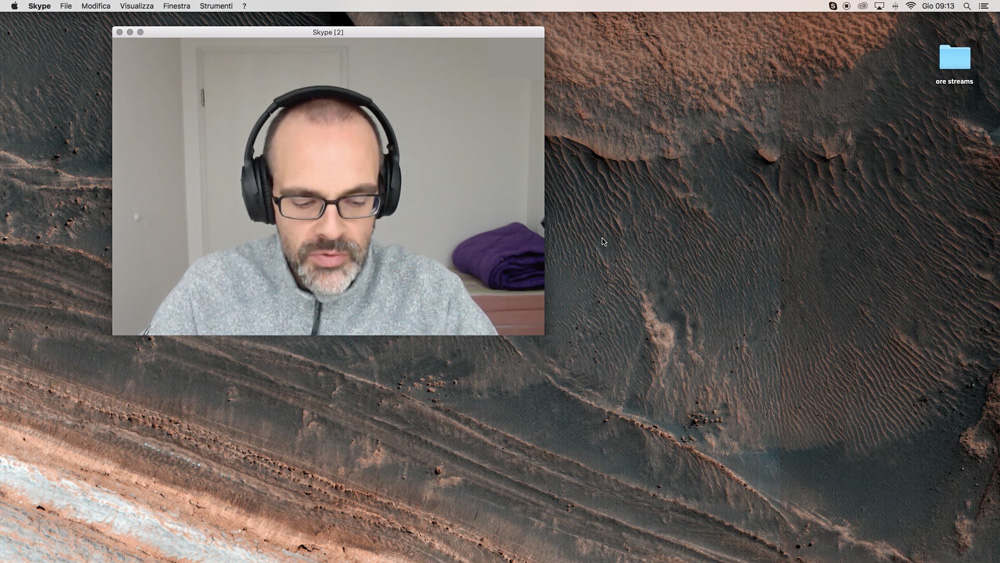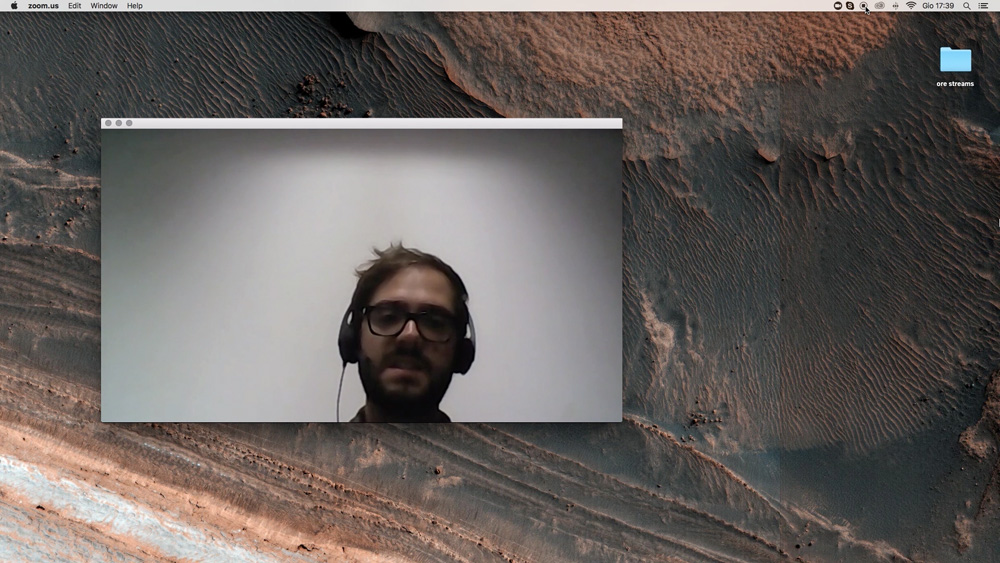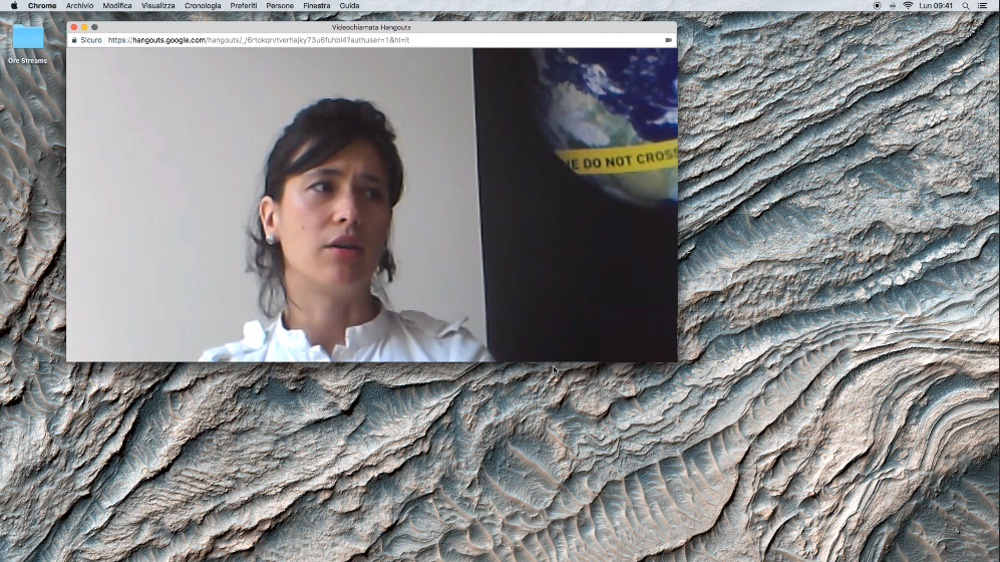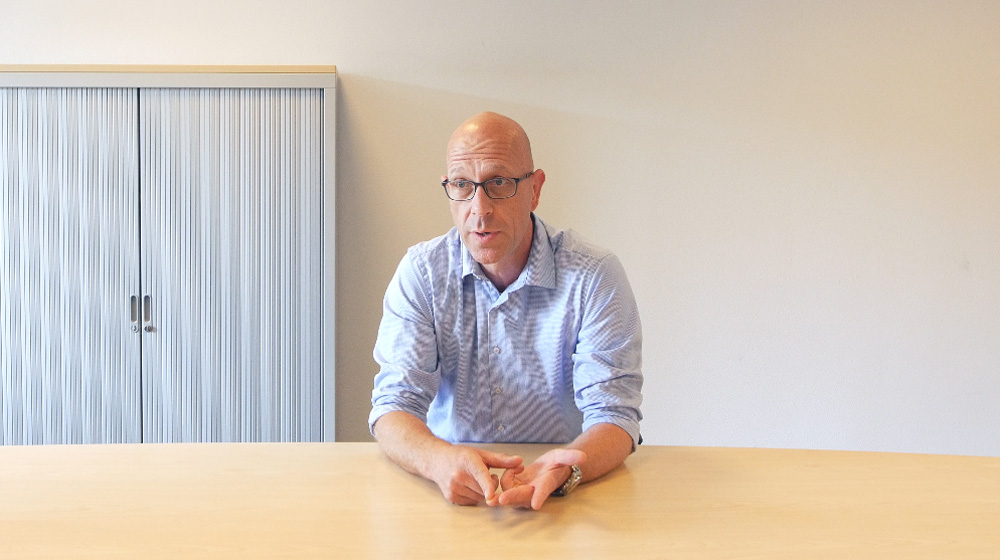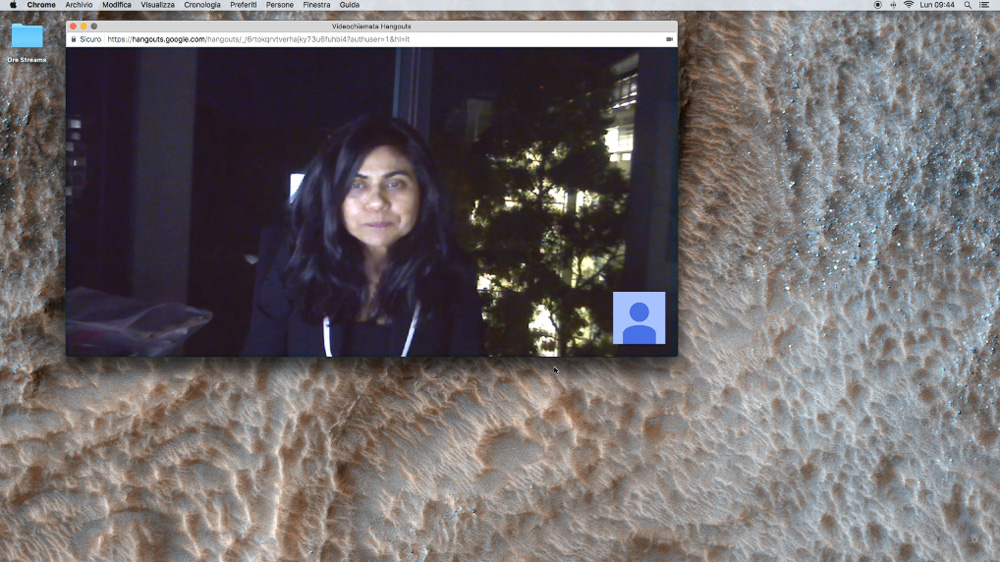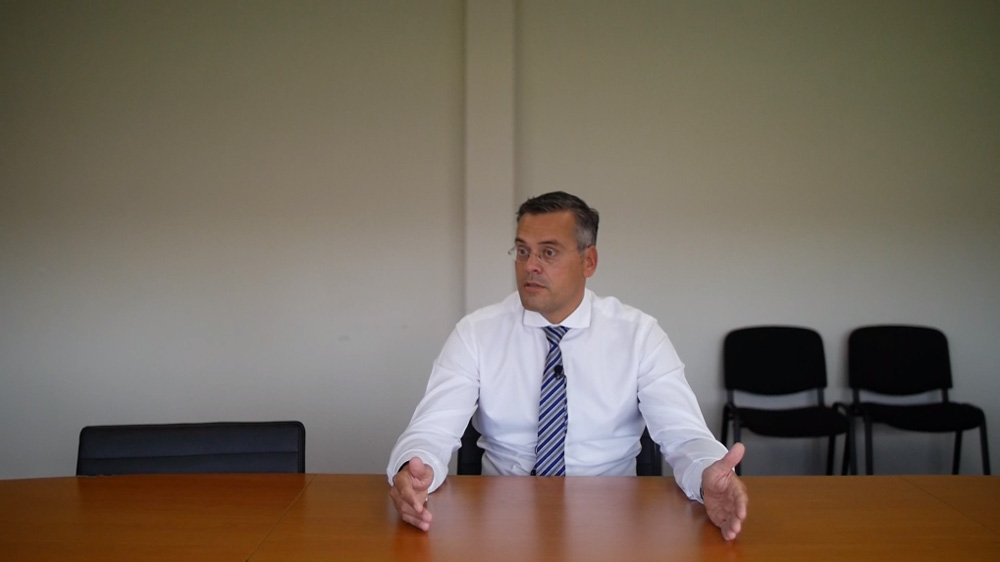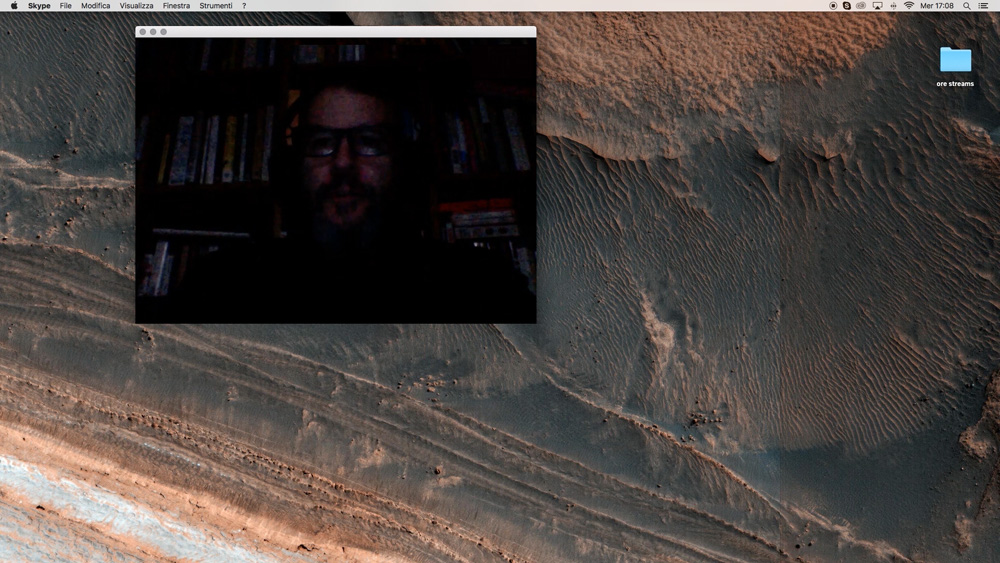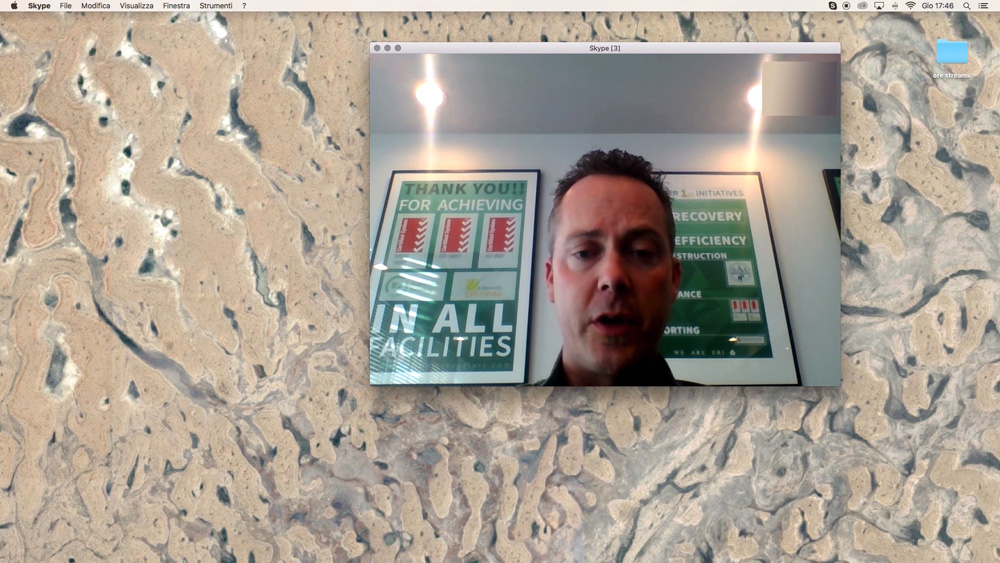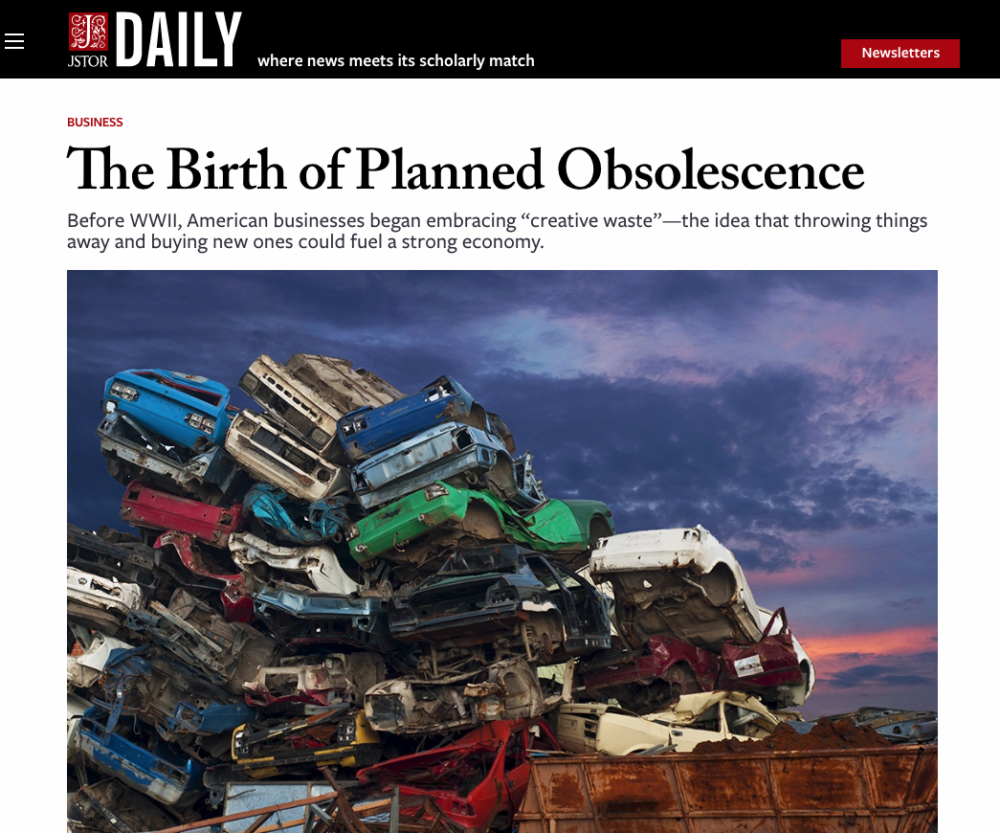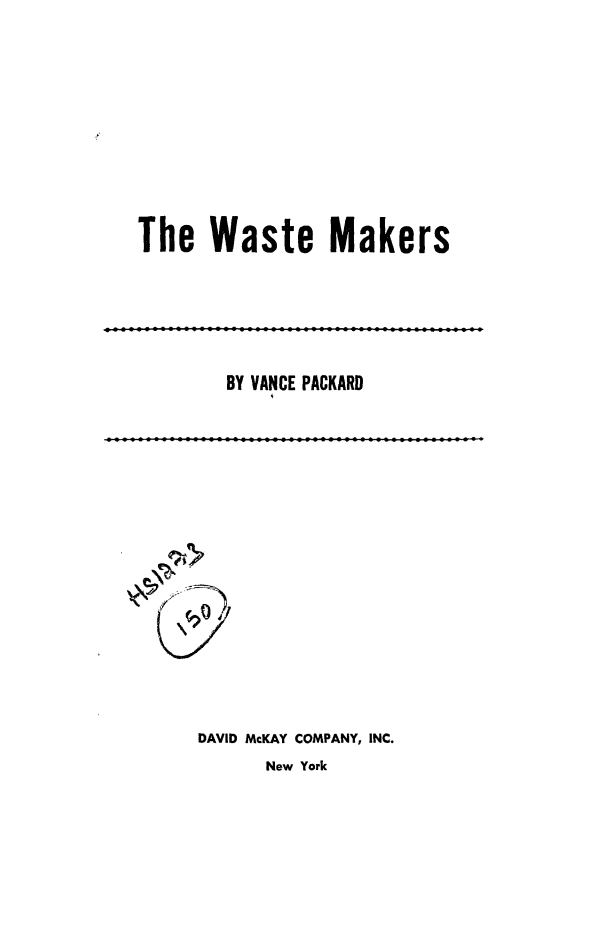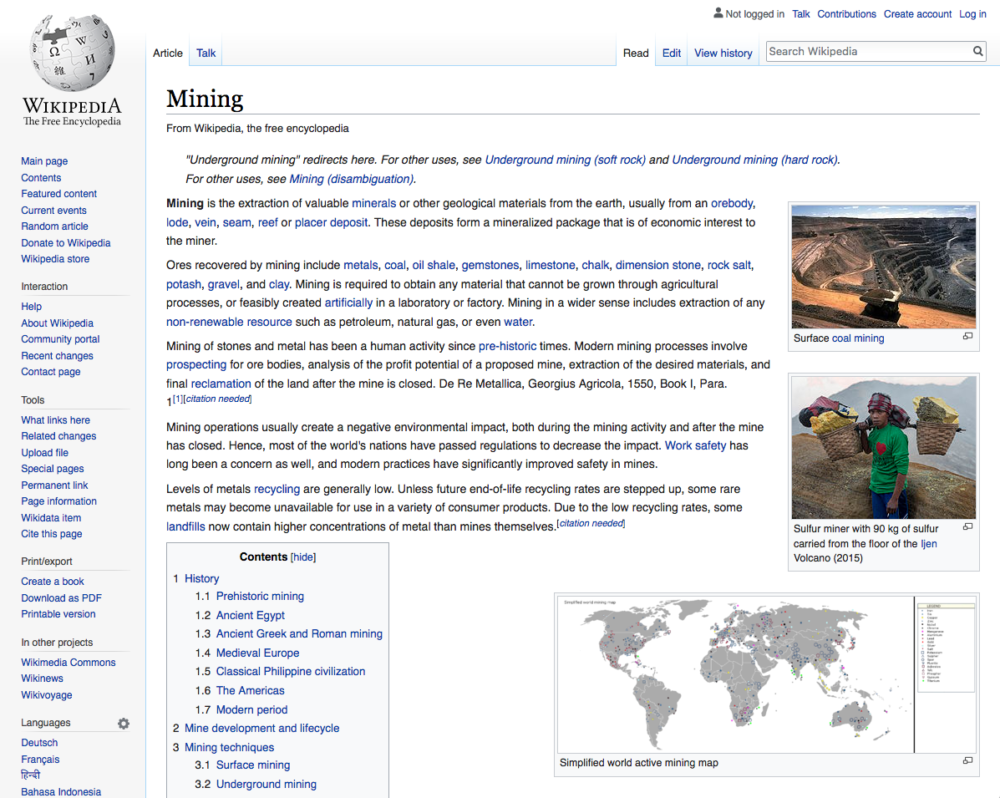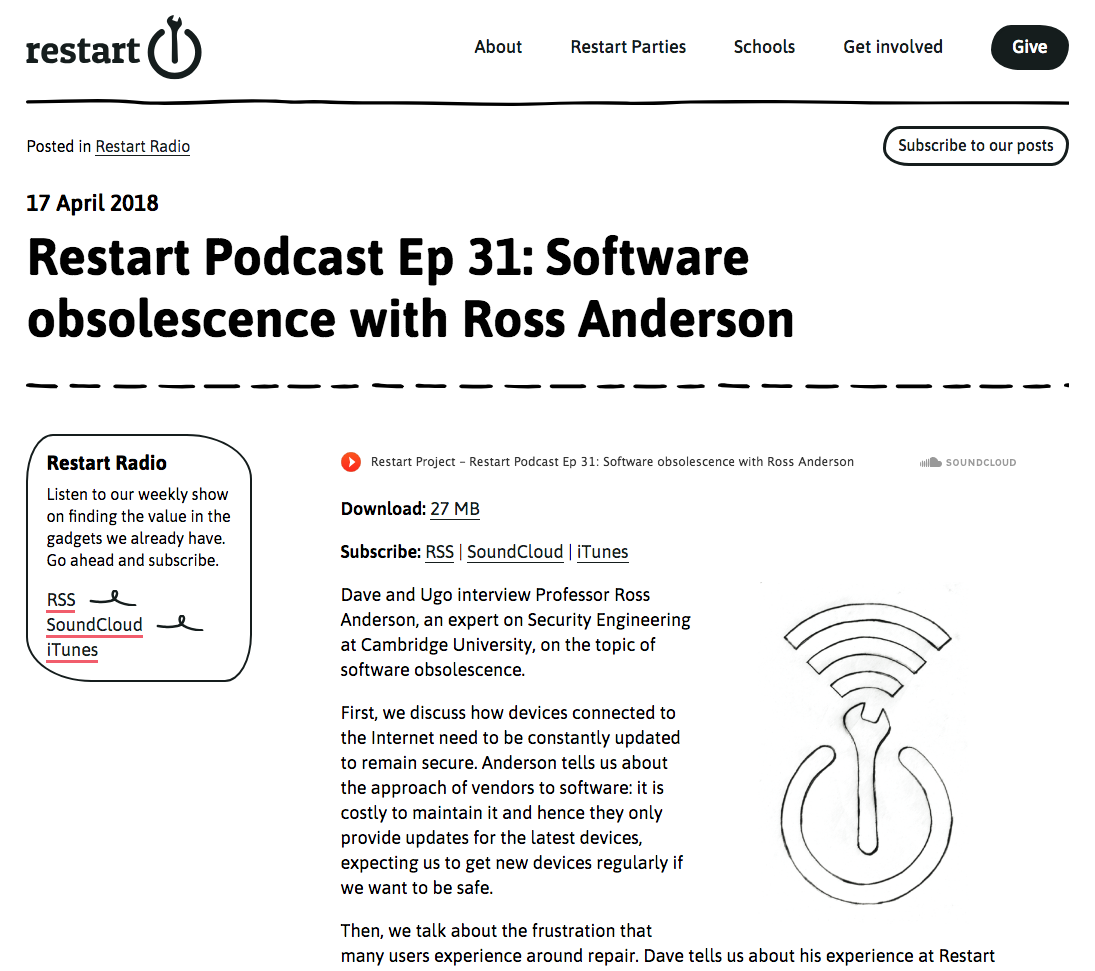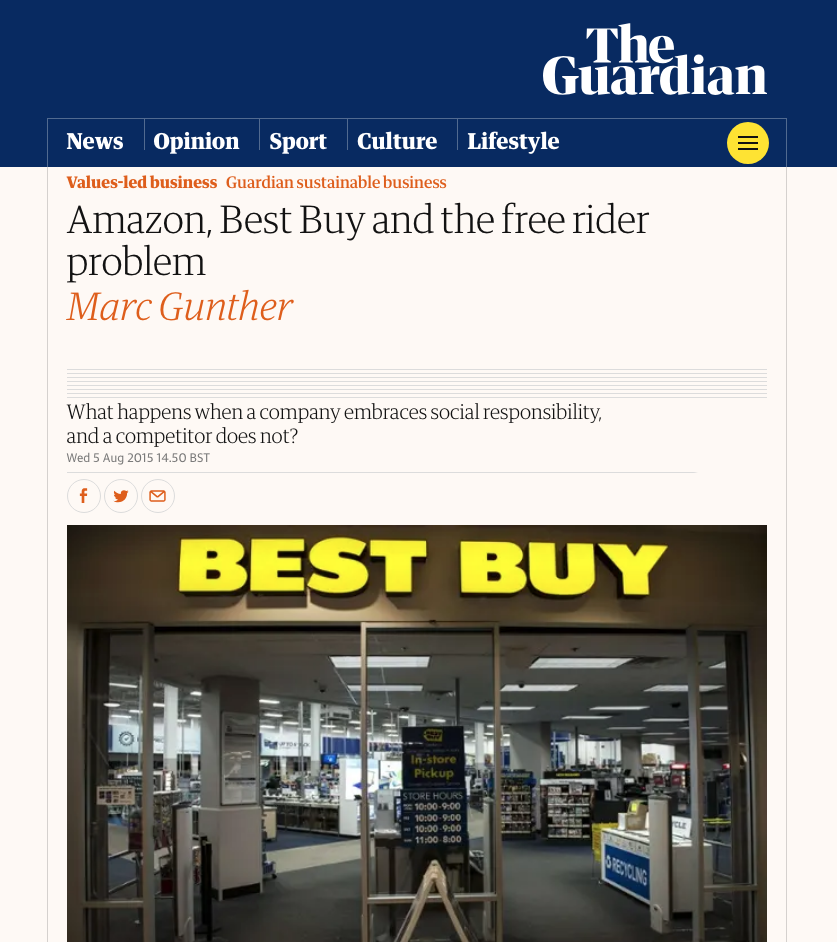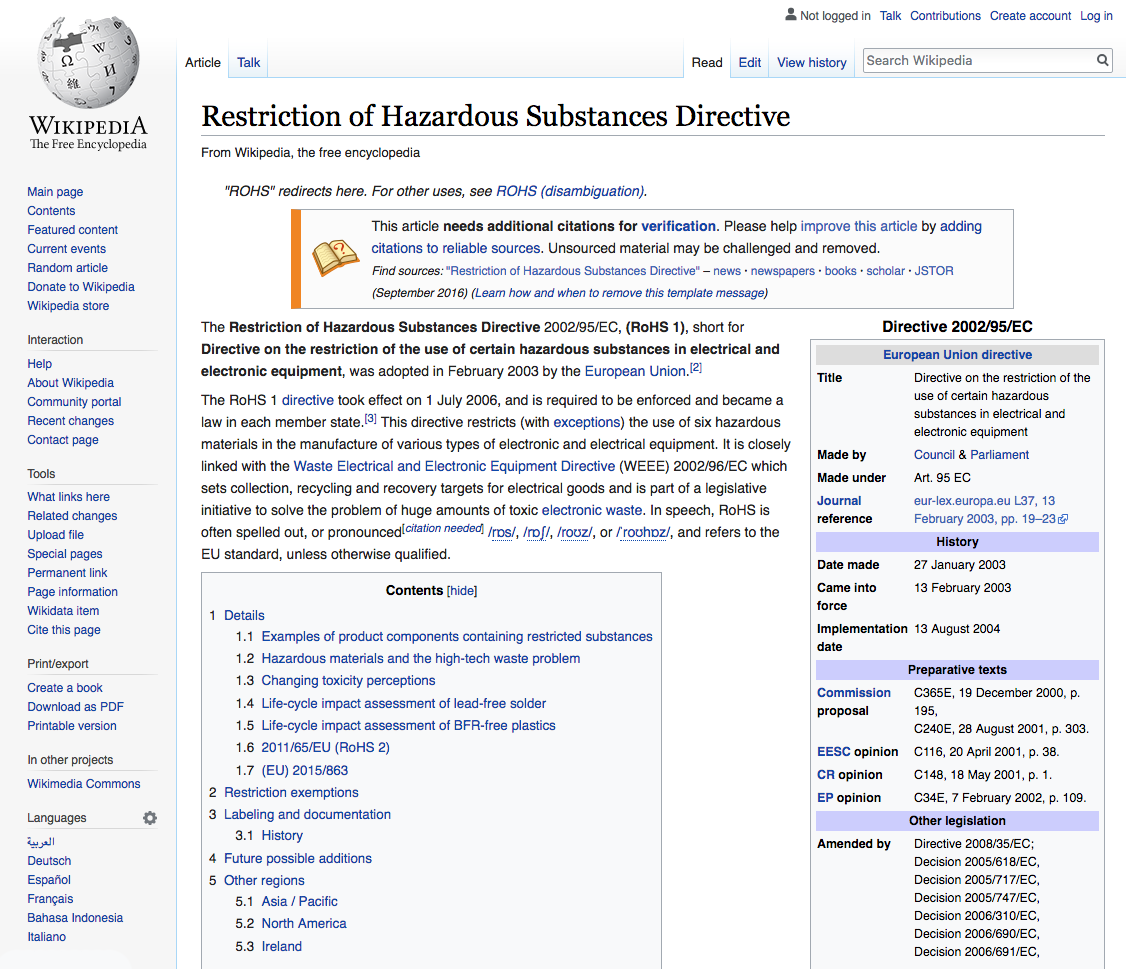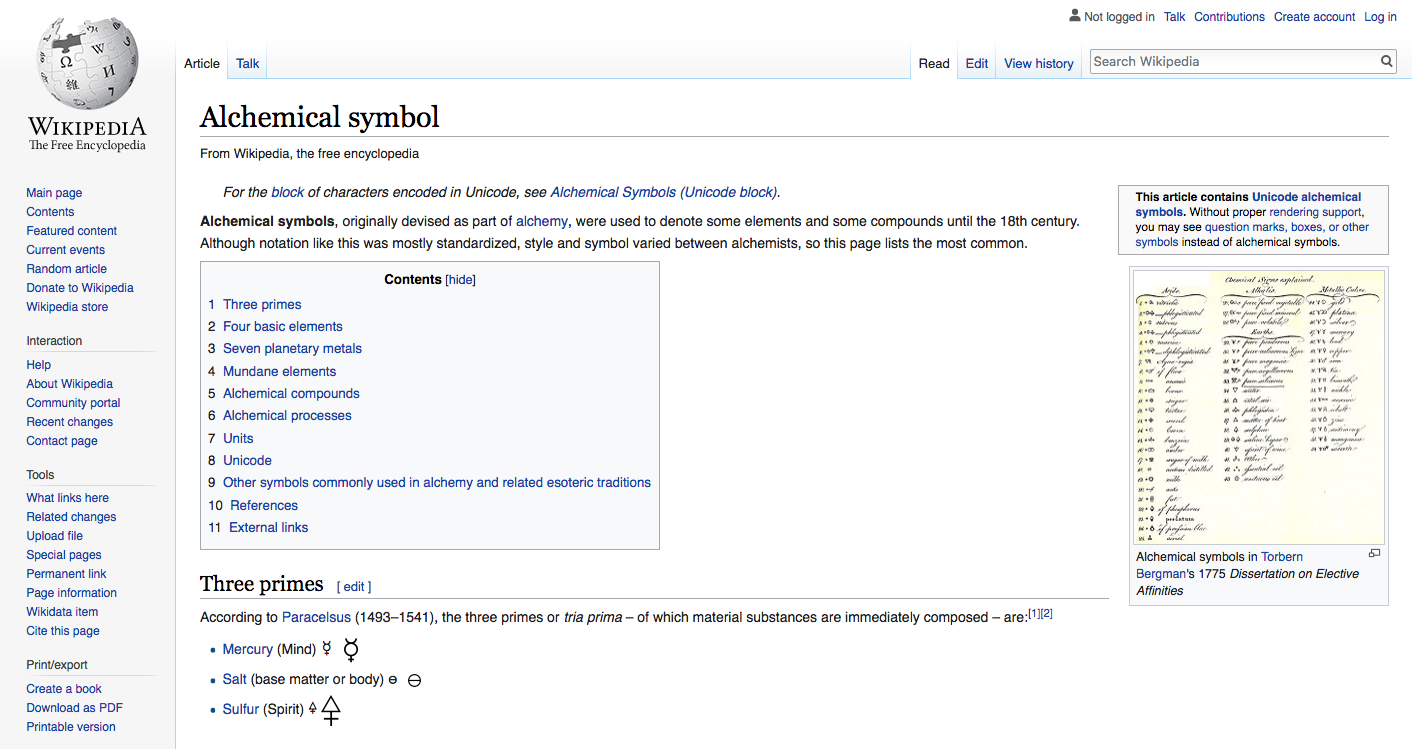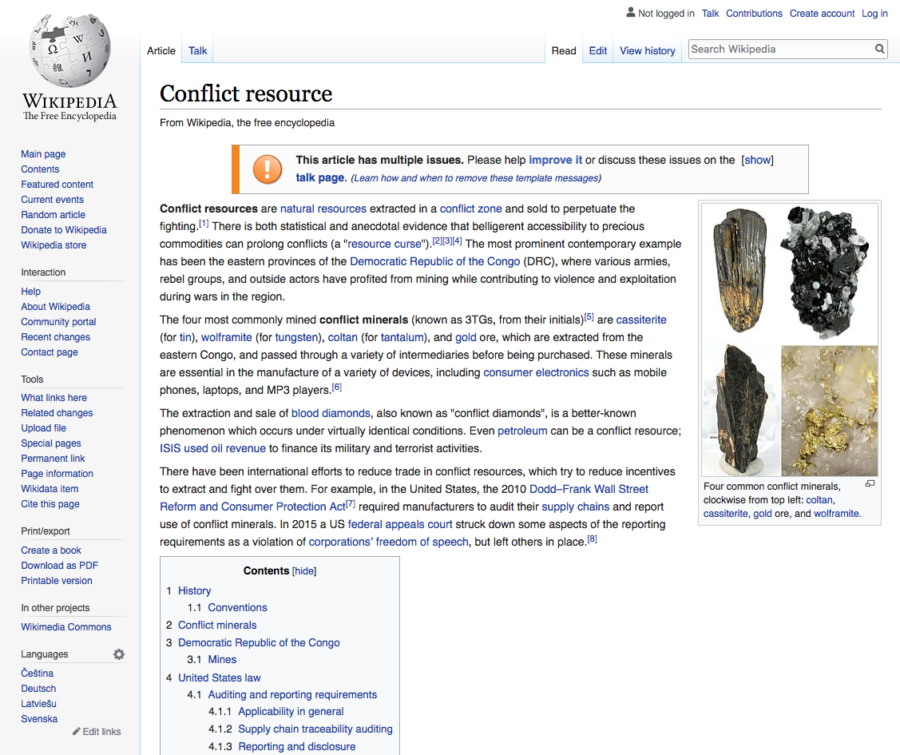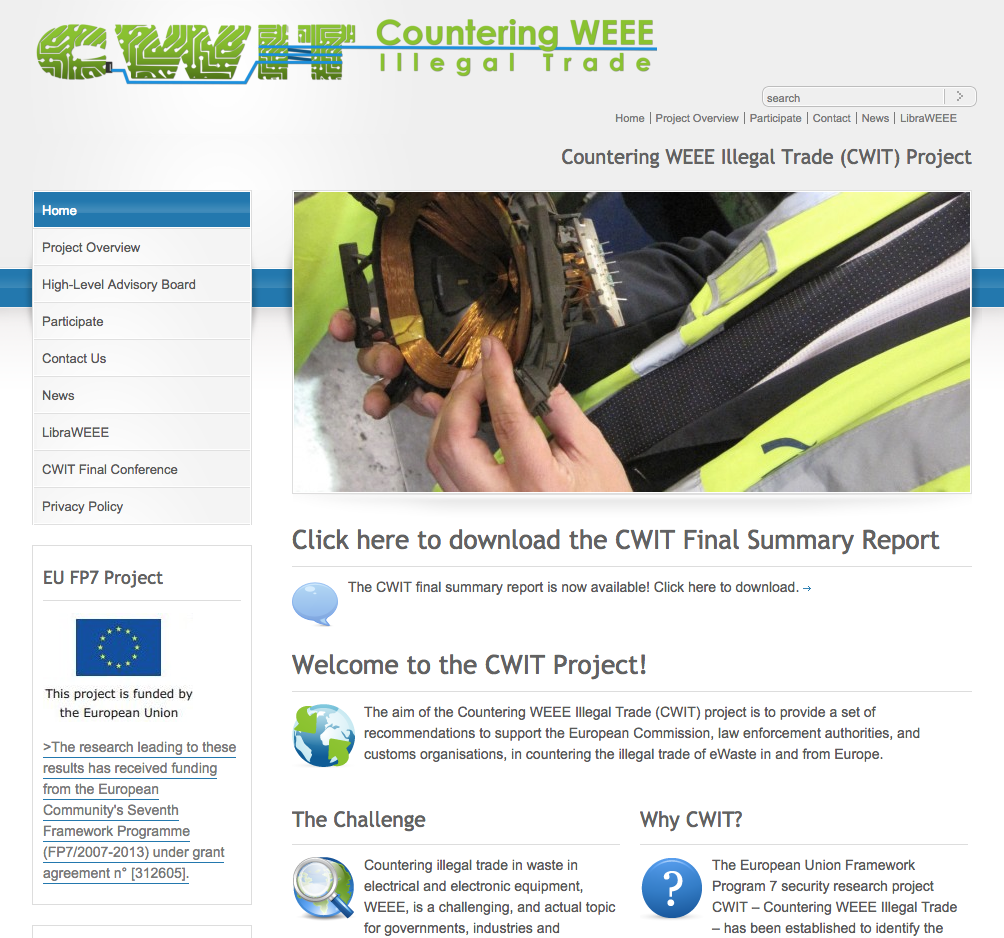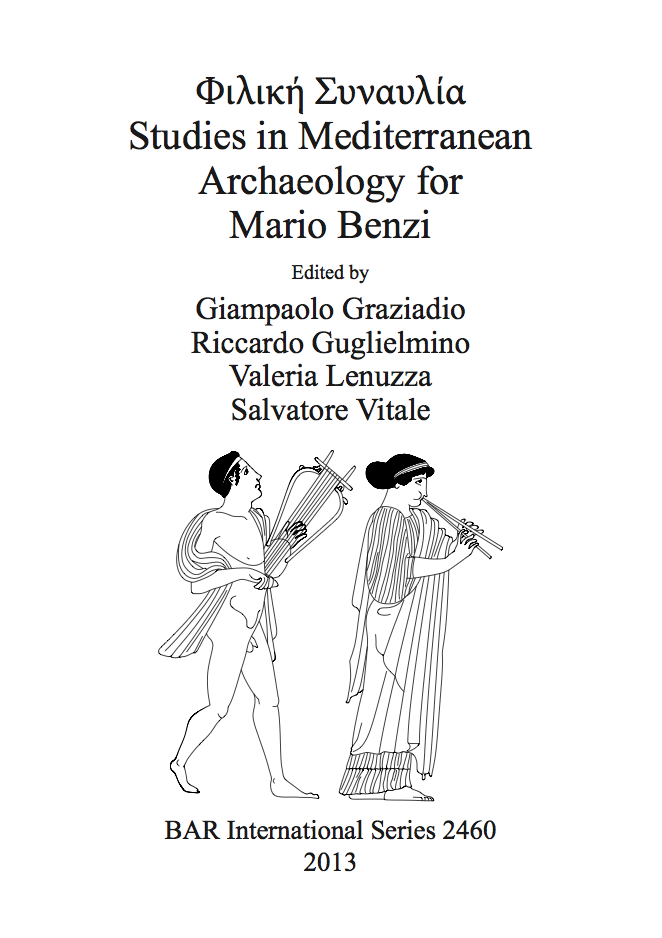The earth’s surface has been mined for millennia in a quest for resources to fulfil the demands of production. In fact, forging metal changed the course of history: bronze empowered humans to weaponize, while gold facilitated local and then global trade. Even at this very moment, new cavities are being hollowed out, while existing excavated sites are abandoned or re-filled with new earth—a superficial recompense. Human greed for metals has grown to such an extent that by 2080, the biggest metal reserves will no longer be underground. Instead, they will be above the surface as ingots stored in private buildings or otherwise circulated within products such as building materials, appliances, furniture, and an ever-growing market of consumer electronic products.
On the surface of the planet, rivers of ore in the form of these discarded materials stream freely as if in a continuous, borderless continent. Efforts to recycle this complex hardware remain new, uncharted and contentious. New logistic structures, technologies and cross-country transnational alliances are being forged to allow for the renewal of metals at the lowest expense. As this shift progresses, the mining industry will be altered fundamentally. We are entering a new phase, where above-ground scavenging will out-perform and out-value digging below the surface for raw materials.
Currently, electronics are the fastest growing waste stream. Electronic waste is considered especially valuable due to the use of precious metals such as gold and silver in the production of chip boards. While there are efforts to improve the recovery of metals, only 30% of the West’s e-waste makes its way to the appropriate recycling facilities. The remaining 70% are often shipped illegally to developing countries where they are disassembled in poor working conditions and where, with no better options, toxic components of electronics are disposed of inappropriately. This is harmful to both the environment and labourer.
Legislation is now in place in several countries to ban such exportation of e-waste and to establish directives to ensure correct processing. However, and unfortunately, law makers underestimate the design possibilities that could improve recycling both in developed and developing countries.
